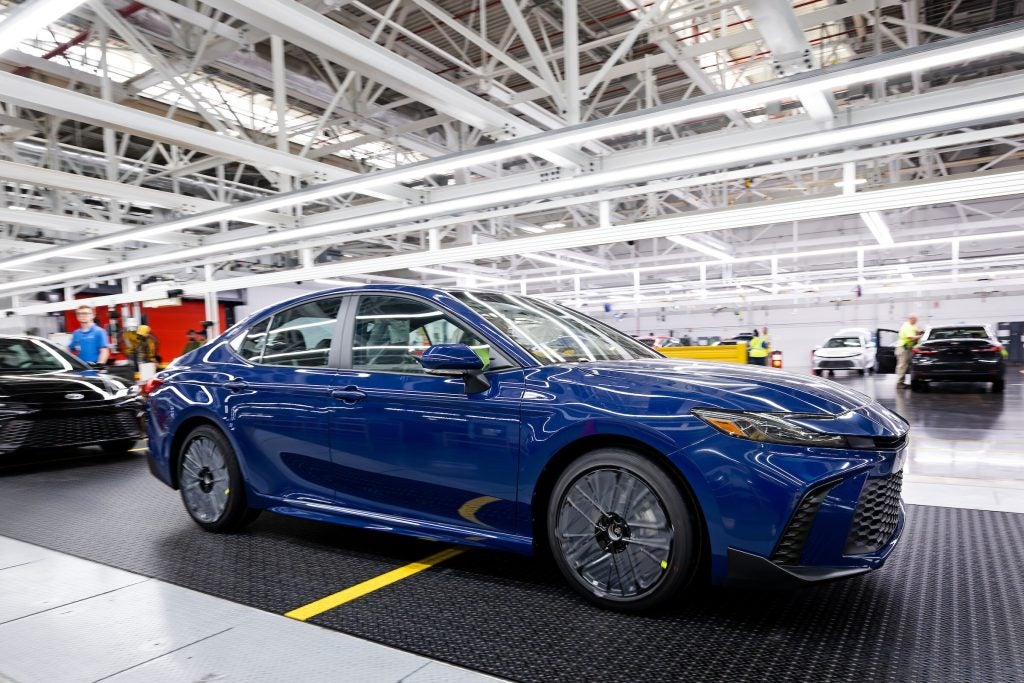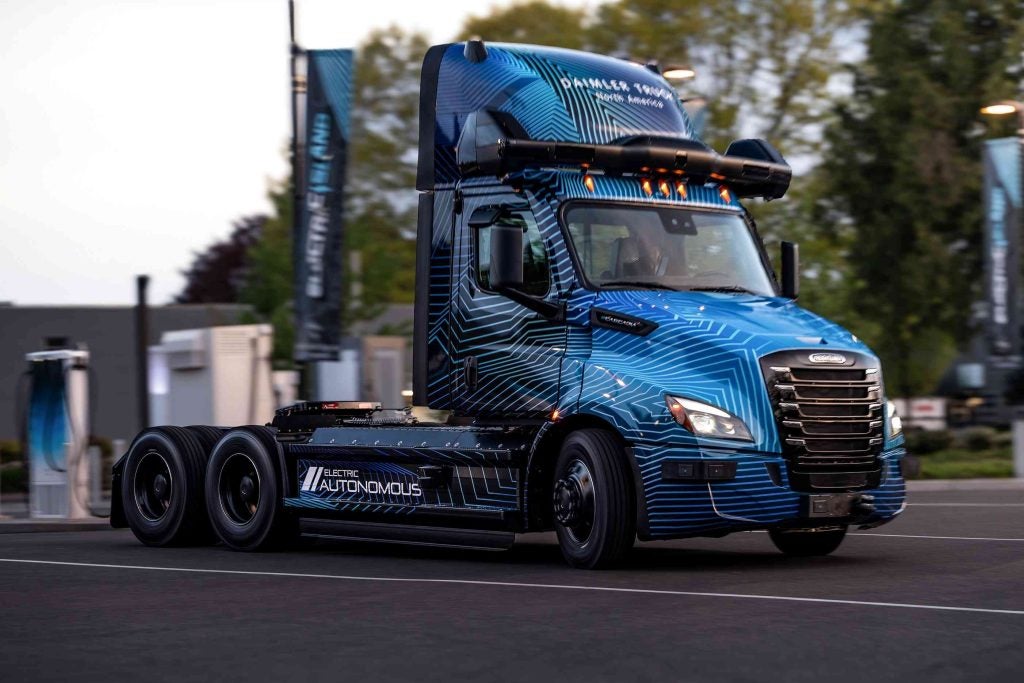The most immediate impact of the Supreme Court’s decision on Monday that the Environmental Protection Agency (EPA) should rule on greenhouse gas emissions from vehicles, is that the EPA is now under pressure to allow individual states to set their own limits.
Twelve states were involved in the legal action because they want to set limits. This is a nightmare situation for vehicle manufacturers, who would prefer to see national limits, than a variety of different limits for each state.
There has, however, long been no national vehicle emissions standards in the US. California, where smog has long blighted cities such as Los Angeles, currently has (and has always had) stricter limits than other states for vehicle pollutants such as carbon monoxide (CO), hydrocarbons (HC) and nitrous oxides (NOx). Its stricter standards have also been adopted by the eastern seaboard states of Massachusetts, New York, Vermont and Maine.
Current rules on NOx emissions have stopped the sale of most current Volkswagen and Mercedes diesel models in some of these states and the upcoming Tier 2/Bin 5 norm, which limits NOx emissions to 70 mg per mile from the 2008 model year, has required automakers to develop completely new emissions treatment technology for all new US market diesel cars and SUVs.
Following the court decision on Monday, Dave McCurdy, president and CEO of the Alliance of Automobile Manufacturers said: “The Alliance of Automobile Manufacturers believes that there needs to be a national, federal, economy-wide approach to addressing greenhouse gases. This decision says that the [EPA] will be part of this process.
How well do you really know your competitors?
Access the most comprehensive Company Profiles on the market, powered by GlobalData. Save hours of research. Gain competitive edge.

Thank you!
Your download email will arrive shortly
Not ready to buy yet? Download a free sample
We are confident about the unique quality of our Company Profiles. However, we want you to make the most beneficial decision for your business, so we offer a free sample that you can download by submitting the below form
By GlobalData“The alliance looks forward to working constructively with both Congress and the administration, including EPA and the National Highway Traffic Safety Administration, in developing a national approach.”
The vehicle manufacturers have not responded directly to the ruling themselves, although Chrysler did today (4 April) make a statement to say that it has a clear commitment on sustainable mobility.
Vehicle manufacturers want to avoid being viewed unfavourably because of their opposition to legislation, as has happened in Europe, particularly in Germany. Chrysler listed a number of related technology achievements and DaimlerChrysler chairman, Dieter Zetsche, set out a roadmap towards the emission-free vehicle.
Chrysler said the roadmap has three main components:
- the consequent further improvement of combustion engines, with and without a hybrid option;
- high-quality and alternative fuels;
- emission-free driving, with the fuel cell as a long-term goal.
“Every new vehicle we develop will be engineered to accommodate a hybrid drive train,” said Zetsche.
However, there was no clear roadmap towards fuel cells. Most manufacturers think that hydrogen and fuel cells are the future, but they are no closer to achieving this than they were, say five years ago. This is mainly because it calls for massive cooperation between a large group of organisations.
Zetsche called on politicians, the oil industry and auto makers to work together in order to create, for example, an appropriate legal framework, the necessary infrastructure, a hydrogen supply network, and the requisite automotive technology in order to address the many questions that remain unanswered with regard to fuel cell technology.
California emissions battle not over







